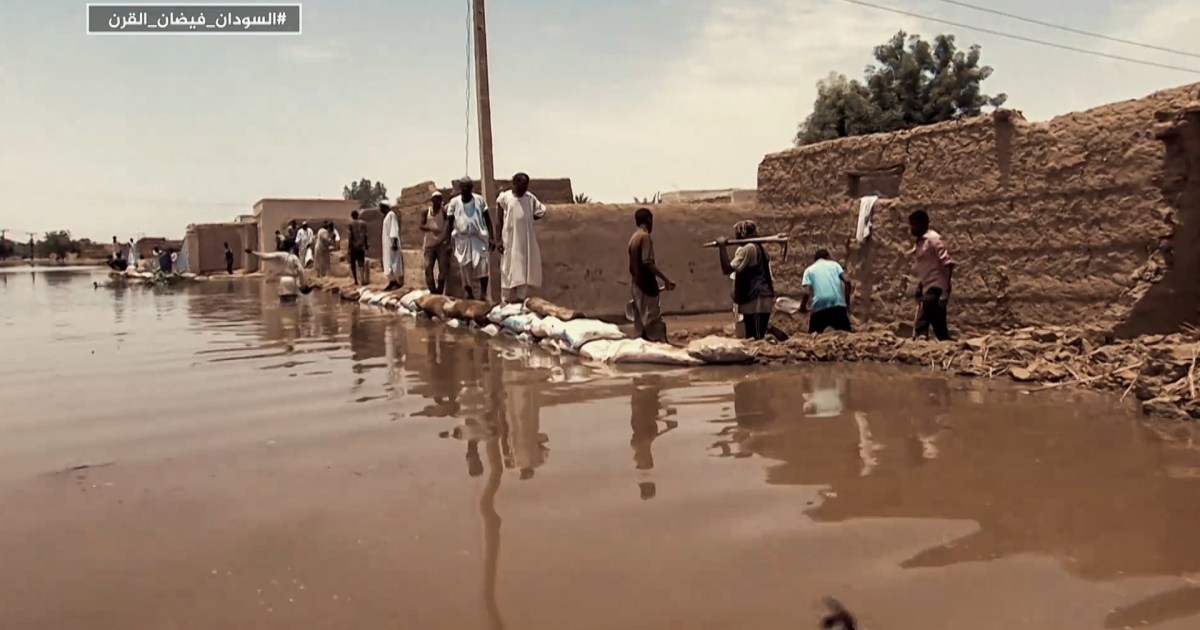For thousands of years, the Sudanese have lived on the banks of the Nile River, and in the fall of each year the monsoon rains come to them, so they use what is available to them to control it, but the year 2020 brought them rains they had not seen in 100 years, according to them, and as a result of these rains the tributaries and valleys of the river filled up until Its level rose to more than 17 meters.
The great rise in water caused a massive flood that swallowed land, demolished homes and flooded farms, forcing thousands to flee and seek shelter to protect them from floods, and the greatest burden fell on citizens after the Sudanese government announced that the country was exposed to an environmental disaster greater than the ability of any government to face it.
The floods killed about 100 people and injured hundreds, and massive evacuations of the population, according to statistics, the flood affected more than 557 thousand people in 16 states out of 18 throughout the country, and more than 111 thousand homes were completely or partially destroyed, And 1,700 hectares of farmland sank.
The torrents also destroyed 179 public facilities, 359 shops and warehouses, and the death of 5,500 head of livestock. On September 5, 2020, the Sudanese Defense and Security Council declared a state of emergency in the country for a period of 3 months to control the effects of the floods, and young volunteers made great efforts in facing the disaster. Many countries have sent urgent aid to mitigate the effects of the floods.
Agricultural technician Salah El-Din Al-Khalifa talked about the methods people use to protect their homes during the rainy season, as they place barricades around the village in order to prevent water from entering it, but after this year's floods, the people were rescued by personal boats.
He added that he lost his house in addition to a shop that sells gas cylinders, which confirmed that water is still flooding him until now, in addition to his loss of agricultural lands full of citrus and citrus fruits, and expressed his surprise at the floods that he did not expect to reach this level, especially since no one told them about Something similar to him previously.
In his statements to "the story is the rest", chemical engineer Tariq Salah al-Din explained what the youths do in terms of raising the barricades at the beginning of the autumn season of each year, to prevent the flowing water during the rain from affecting the agricultural lands and homes. Surrounding them, before it collapses due to rainwater rising above the usual level.
As for the accountant, Mustafa Idris, who was stationed with the men of his village on the western side overlooking the Nile to monitor the rise in the day’s water level and raise the barricades in order to block the water, he told "the story of the rest" about the storm that struck his village on September 3 and caused the water level to rise, which It led to the collapse of the barricades from the northern side, and half an hour was enough to completely flood the village.
He added that the boats provided by the civil defense to the citizens were dilapidated and did not carry more than 15 people, in addition to water leakage through them, and the people and what remained to them from their homes were saved by popular and individual efforts through private boats.

